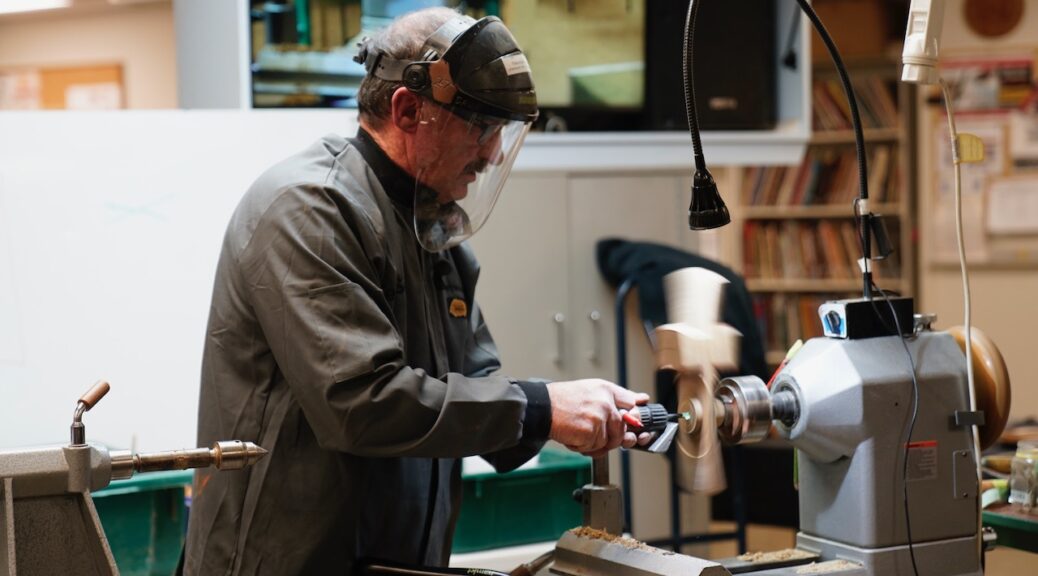Club Meeting: 14 June 2023
Report: Graeme Mackay
Terry put forward a project designed to increase your skills productivity and process. The double sided wing project was a project in keeping to task. The project, arising from past work, is designed for hardwood such as Blackwood, Black Mairi and Kwila.
The preparation is detailed, checking the lathe set up and alignment, measurements of lathe swing, consideration of clearances, grain direction, and the true squareness of the block.
The block preparation is critical, measuring and both sides, describing and definition and/or defining of cut-out sections with marking. Measurement of the cut out sections has to be correct as they form the key visual part of the lids. And, in essence, the carryover wood for the raised lips.
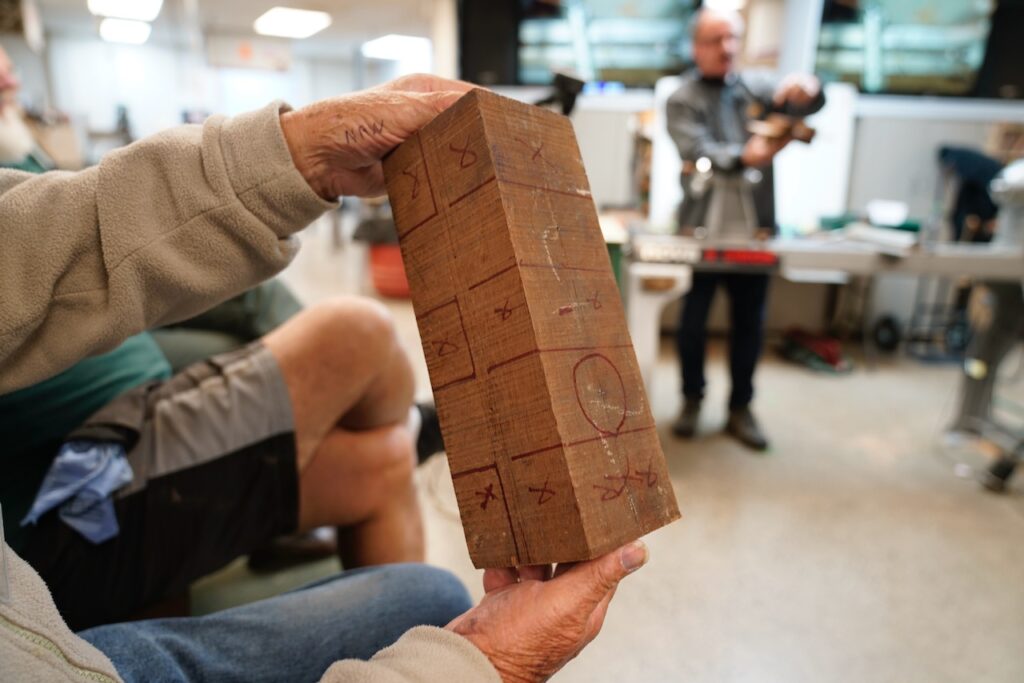
The spigots require equal attention, and the process involved is standard for all turned bowls. A quiet little quirk of this exercise is that there are two bowls, each opening on opposite sides of the wood wing. Each demanding checking and measurement, and the marking is to which is the correct side.
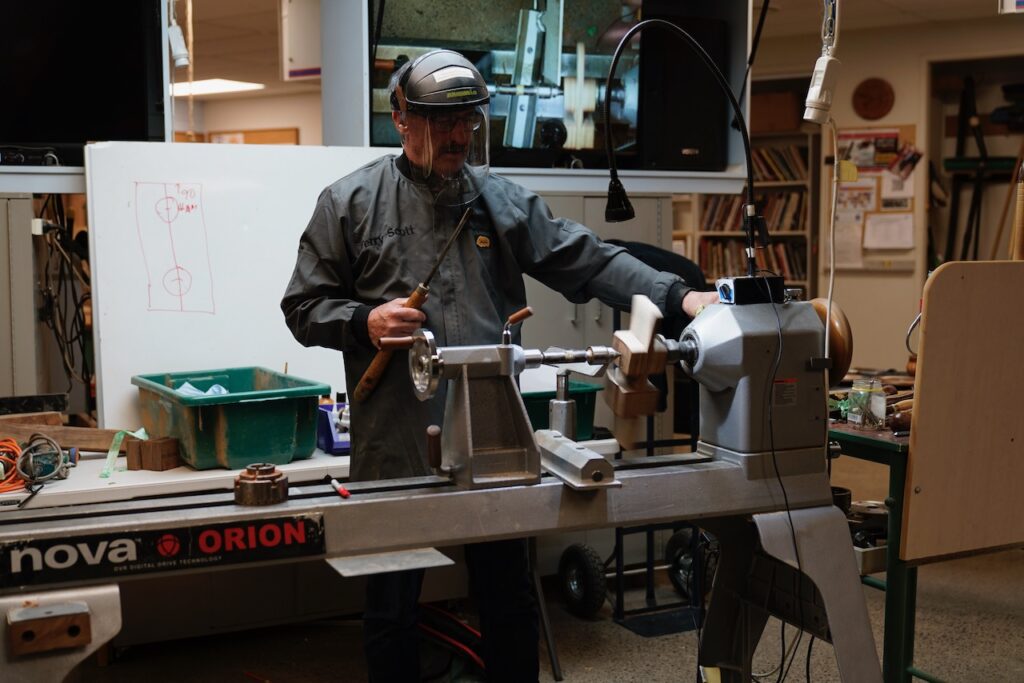
Care and attention around the completion of the spigots. Marking the toolrest can help as a reference to where the danger is. As Terry explained, in an interesting side issue with the swinging wings: Step back and away, and do not go sideways as catching the moving things (wings) can be harmful.
Similar comment is made about clearances of the base feature and working on the correct side of course. Terry noted the exercise involves the form of hidden or ghost turning. Present at all stages; the shaping of the rim, correcting the bead, shaping the bowl or box, and the final cuts.
Base thickness needs to be even. Thickness targets have to be predetermined and regularly measured as part of the normal process. However, Terry noted with a smile, that that there are appropriate times i.e. not when the base wing is still moving.
Along with the base measurement comment is a correct choice of tools. There are tools for each of the steps. Parallel comes the identification of top and bottom, or bottom and top lids, bases and rims. Identification is critical. Measurement is always coming up, checking. Again, mentioned these while making sure of your place in the project plans and processes. An example given; it is helpful to drill the correct depth for hollowing of the bowl or box. Incorrect depth lets light into the work.
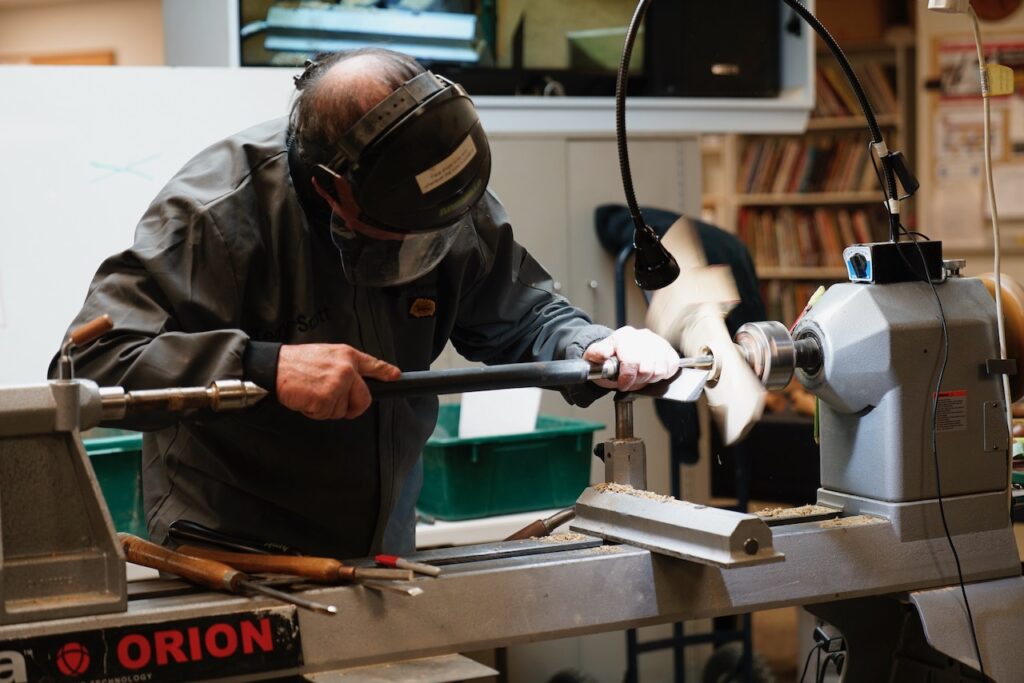
Jigs and the appropriate tool rest raises its head at the later part of the project. The process standard for lidded boxes and/or bowls. Amongst all this process and planning. Lathe speeds to be checked, at each change between vessel and lids as the box progresses
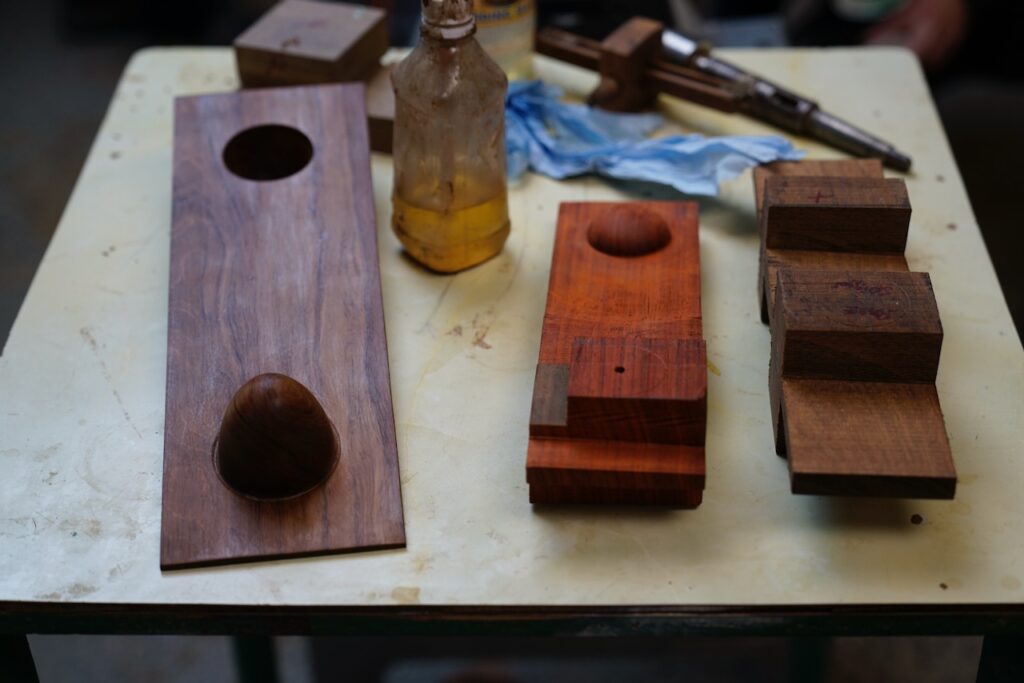
Terry stated that there is a multitude of options, each carrying a respective set of steps, and good challenges.
Variations can be found among the plans on this website such as Bowl, Wavy One Wing
